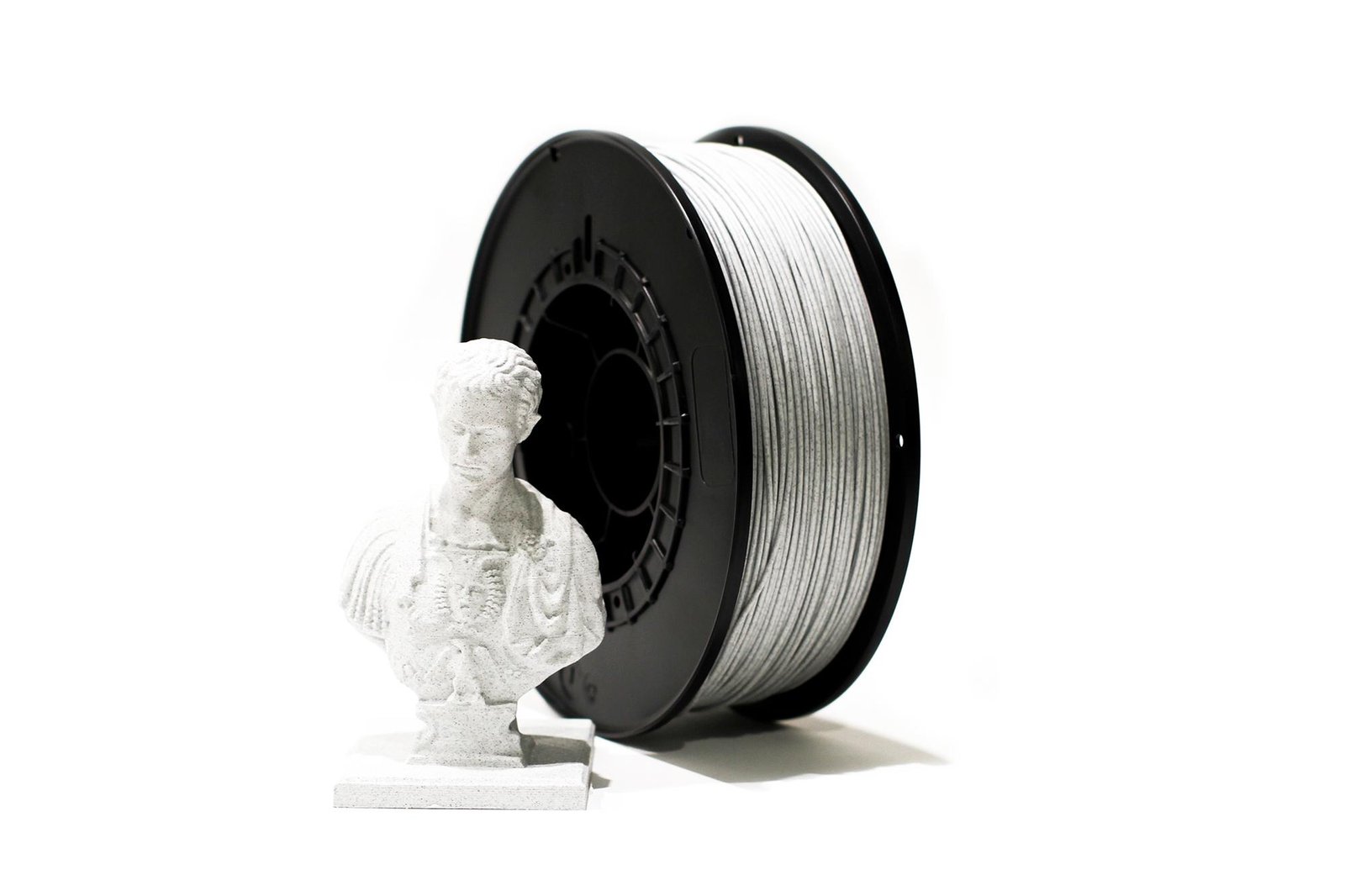When it comes to high-performance 3D printing, the marriage of robust materials and precise process tuning is what truly unlocks the next level. Fiber-reinforced COPA (co-polyamide) has rapidly risen in popularity for demanding applications, thanks to its unique balance of flexibility, durability, and enhanced strength from fiber reinforcement. If you’re ready to take your prints to the next level, start by exploring some of the best COPA nylon filaments in 2025—then, dial in your print settings for optimum results. One setting in particular makes or breaks your experience: flow rate.
What Is Fiber-Reinforced COPA and Why Does Flow Rate Matter?
Fiber-reinforced COPA combines a flexible yet tough co-polyamide matrix with short or long reinforcing fibers—usually carbon or glass. The fibers dramatically improve tensile strength, stiffness, and thermal stability, making this composite filament a top pick for functional prototypes, automotive components, sports gear, and even small-batch production.
However, these very fibers complicate the extrusion process. Unlike standard filaments, the distribution and content of fibers can restrict flow and increase wear on your extruder. The flow rate—the rate at which filament is extruded—must be carefully tuned to ensure consistent layer adhesion, precise dimensional accuracy, and flawless surface finish.
Understanding the Impact of Flow Rate
In 3D printing, flow rate (often called the extrusion multiplier) directly controls how much material the printer pushes through the nozzle. Print too slowly, and layers may not adhere or even form gaps—especially tricky with stiffer, fiber-filled filaments. Print too fast, and you risk over-extrusion, surface blobs, loss of detail, or even clogs.
For fiber-reinforced COPA, the flow rate becomes even more sensitive due to several factors:
- Increased filament rigidity from fibers
- Potential for nozzle abrasion or clogging
- Variations in filament diameter
- Fiber orientation changes as it’s extruded
Getting it right means striking a careful balance: enough material to bond each layer, but not so much that it overflows or damages your hardware.
Key Factors Influencing Optimal Flow Rate
To optimise your flow rate for fiber-reinforced COPA, consider these critical factors:
1. Nozzle Size and Geometry
Wider nozzles (0.5mm or above) are usually recommended, as the fibers can cause clogs in smaller openings. Hardened steel or ruby-tipped nozzles are also preferred, as reinforced filaments are highly abrasive.
2. Fiber Content and Type
The higher the fiber percentage, the greater the impact on flow. Carbon fiber is less likely to cause clogs than glass, but both need careful monitoring. Some filaments include chopped fibers, while others use continuous strands—each affects flow differently.
3. Extruder Temperature and Speed
Fiber-reinforced COPA typically prints at higher temperatures (250–280°C), ensuring the polymer matrix is fully molten for even extrusion. However, going too hot can degrade fibers. A moderate print speed (30–60mm/s) often works best for consistency.
4. Material Preparation
Moisture is the enemy of nylon-based filaments. Always dry your spool before printing, as wet filament will hiss, bubble, and cause extrusion inconsistencies that no flow rate adjustment can fix.
Step-by-Step Guide: Optimising Flow Rate
- Start With Manufacturer Settings
Begin with the recommended flow rate and temperature listed for your filament. If you’re using a specialty COPA blend from a trusted source, like those listed in the best COPA nylon filaments in 2025, follow their guidelines. - Print a Single-Wall Cube
This is a classic method. Measure the wall thickness and compare it to the slicer’s expected value. If the wall is too thin, increase flow rate in small increments (2–3% at a time). If it’s too thick or shows signs of over-extrusion, decrease accordingly. - Check for Visual and Structural Quality
Look for under-extrusion (gaps, weak layers) or over-extrusion (blobs, poor detail). Listen for grinding or clicking from the extruder, a sign the flow rate may be too high for the fiber content. - Test With Functional Parts
After calibration, print a functional part and test its fit, strength, and appearance. Fiber-reinforced COPA should produce crisp, sturdy prints when dialed in correctly.
Avoiding Common Pitfalls
- Nozzle Clogs and Wear: Always use a hardened nozzle and consider replacing it periodically.
- Moisture Issues: Keep filaments sealed and dry; invest in a filament dryer.
- Stringing and Blobbing: Adjust retraction settings and temperature in tandem with flow rate.
Real-World Example
A small automotive shop printing custom jigs switched to a carbon fiber-reinforced COPA and initially struggled with weak, stringy parts. After methodically testing flow rates and bumping up their nozzle size, they achieved parts that matched the durability of machined aluminum—at a fraction of the cost and weight.
Conclusion
Optimising flow rate for fiber-reinforced COPA is essential for unlocking its full potential in demanding 3D printing applications. Pay close attention to hardware compatibility, material preparation, and incremental calibration, and you’ll produce robust, professional-grade parts. If you’re searching for a filament that delivers performance without compromise, start by checking out the best COPA nylon filaments in 2025, then put these tuning tips into practice.

